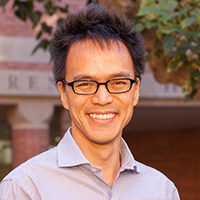
A study tracking de-identified smartphone movement between nursing homes has confirmed that shared staff is a likely source of COVID-19 transmission, investigators say.
The results, which are yet to be peer reviewed, used location data from 30 million smartphones beginning on March 13, when federal nursing home visitor restrictions were officially announced. Through April 23, the researchers paired the location data with facility addresses and satellite building images, noting when the smartphones entered nursing homes. Among the 500,000 smartphones traced to a nursing home at some point during the study period, 7% entered more than one.
The individuals moving among nursing homes after the visitor ban were most likely staff, including independent clinicians or technicians, the researchers theorized.
Network mapping showed how the people moving among multiple nursing homes were creating connections between facilities. Each additional 10 direct connections was associated with a 27% increase in COVID-19 infections, and indirect connections were also linked to increased infections, the researchers reported.
“A major challenge facing nursing homes is that every connection is a potential link to other connections — and to SARS-CoV-2 transmission,” wrote Keith Chen, Ph.D., a behavioral economist at the UCLA Anderson School of Management.
Although shared staff have been known since early in the pandemic to unwittingly transmit COVID-19, no regulation limiting shared staff has been issued, wrote Chen and colleagues.
“Absent such regulation, allocation of PPE, testing, and other preventative measures should be targeted thoughtfully, recognizing the current potential for cross-transmission across [nursing] homes,” they concluded.
The study was published on arXiv.org, a preprint server.



